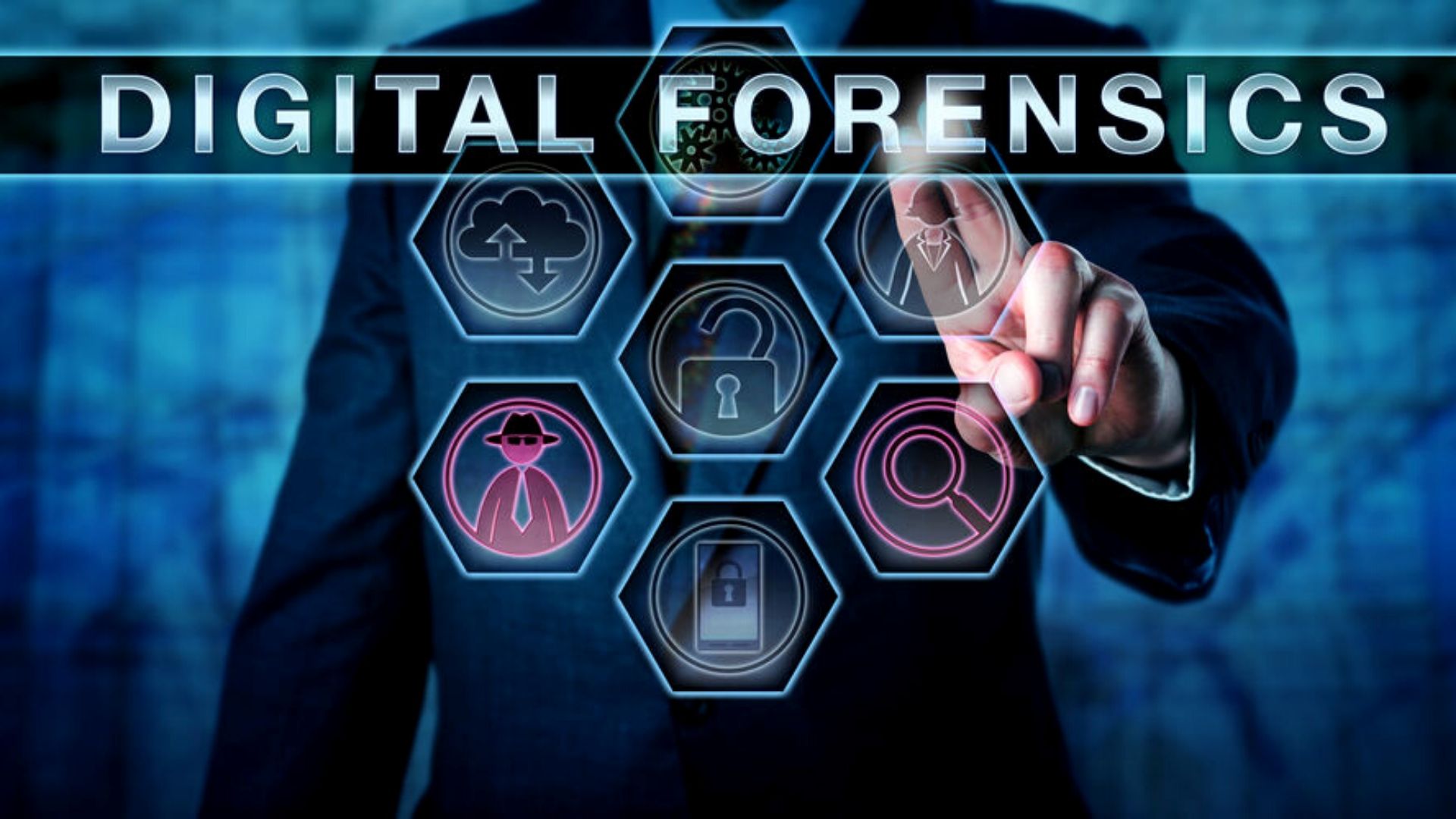Within the current digital age, mobile gadgets have become essential tools for communication, data storage, and individual representation. Due to the proliferation of mobile phones and portable devices, these devices hold huge quantities of data that can be crucial in numerous investigations. With incidents of online crime, fraud, and other malicious activities rise, the necessity for effective mobile forensics techniques has ever been more critical. Mobile device forensics is an emerging field that seeks to extract, analyze, and show digital proof from these devices, helping law enforcement and legal authorities address complex situations more effectively.
The mobile forensics process entails several innovative methods to criminal data retrieval, permitting experts to retrieve erased information, analyze app data, and safeguard important evidence while maintaining its integrity. Digital forensics solutions are more and more incorporating cutting-edge technologies and techniques to streamline digital evidence extraction from mobile devices, ensuring that crucial insights are uncovered. As we explore into the newest advancements in this area, we will explore how these developments are influencing judicial digital inquiries and enhancing the effectiveness of forensic approaches in the quest for justice.
Cellular Forensic Techniques
Smartphone forensics has developed substantially with the quick developments in technology and the growing reliance on mobile devices for individual and professional communications. The main aim of cellular forensic approaches is to recover and investigate electronic evidence from mobile devices, which can be crucial in judicial cases. Techniques such as logical extraction, physical extraction, and advanced extraction allow forensic experts to retrieve data from multiple platforms and circumstances, allowing a thoroughgoing examination of the device’s data.
Logical data extraction involves accessing data through UI and system software, enabling the retrieval of documents, contacts, text messages, and app data. computer forensics company is often used when the gadget is functional and usable. Physical extraction, on the other hand, requires a higher level of interaction, retrieving a complete image of the device's storage. This process is particularly beneficial in situations where removed information need to be accessed, giving forensic specialists the means to retrieve residual data that may not be accessible through standard UI.
With the growing difficulty of mobile devices, cutting-edge tools and applications have emerged to simplify the mobile forensics workflow. These tools utilize computational methods and data carving techniques to boost the efficiency of forensic data retrieval. Moreover, forensic analyses are increasingly incorporating cloud retrieval, as many individuals keep their information in cloud services. Understanding these cellular forensic approaches is crucial for specialists in the field, as it supplies them with the required knowledge to perform comprehensive and successful law enforcement data investigations.
Data Recovery Methods
Cellular investigation encompasses a variety of sophisticated methods for retrieving digital data from mobile gadgets. One of the primary methods employed is logical extraction, that interacts with the file system of the device to retrieve accessible data. This method is effective for obtaining user files, such as addresses, texts, images, and app data, without modifying the device's information. It is frequently employed when the gadget is operational, making it a widely chosen method in numerous judicial electronic investigations.
A different key method is physical extraction, which extends beyond the filesystem to create a complete bit-by-bit copy of the device's storage. This method allows forensic experts to access data that may be deleted or concealed, such as app information and system files. Physical extraction is especially useful for devices that have been locked or are damaged, as it can uncover crucial information that is not available through logical methods. The complexity of this process often demands specialized tools and expertise to guarantee that the original state of the original data is preserved.
Finally, there is the technique of online extraction, which has gained prominence due to the increasing use of cloud services by mobile devices users. This approach enables forensic investigators to extract data stored in the cloud, such as backups and data synchronized across various gadgets. As individuals are often clueless of the extent of information kept online, online extraction can reveal vital evidence that may not exist on the physical device. The integration of online information into the cellular forensics process underscores the significance of holistic strategies in digital data retrieval.
Legal Consequences of Digital Evidence
The collection and examination of electronic evidence from cellular devices carry significant legal consequences that must be addressed carefully. In numerous jurisdictions, the lawfulness of obtaining data from a smartphone hinges on appropriate compliance to laws regarding search and seizure. Law enforcement and forensic professionals must guarantee that they obtain the necessary warrants or consent to prevent potential violations of privacy rights. Failing to do so can result in the dismissal of proof from legal trials, potentially threatening cases.
Chain of custody is another critical aspect in the justice system of mobile forensics. Maintaining a transparent and recorded path of evidence from the moment it is collected to when it is shown in court is vital. Any disruptions or breaks in this process can lead to questions about the integrity of the testimony, affecting its acceptability. Forensic experts are tasked with thoroughly documenting all processes and handling protocols to uphold the validity of the findings in legal context.

Additionally, the fast advancement of technology presents continuing challenges in the legal aspects of mobile forensics. As new gadgets and OS are created, so too are new methods of saving and accessing information. Laws can have difficulty to keep pace with these developments, creating uncertainties in how electronic evidence is understood in courts. It is imperative for those involved in digital forensic investigations to stay informed and adapt to these shifts to guarantee that justice prevails effectively.
